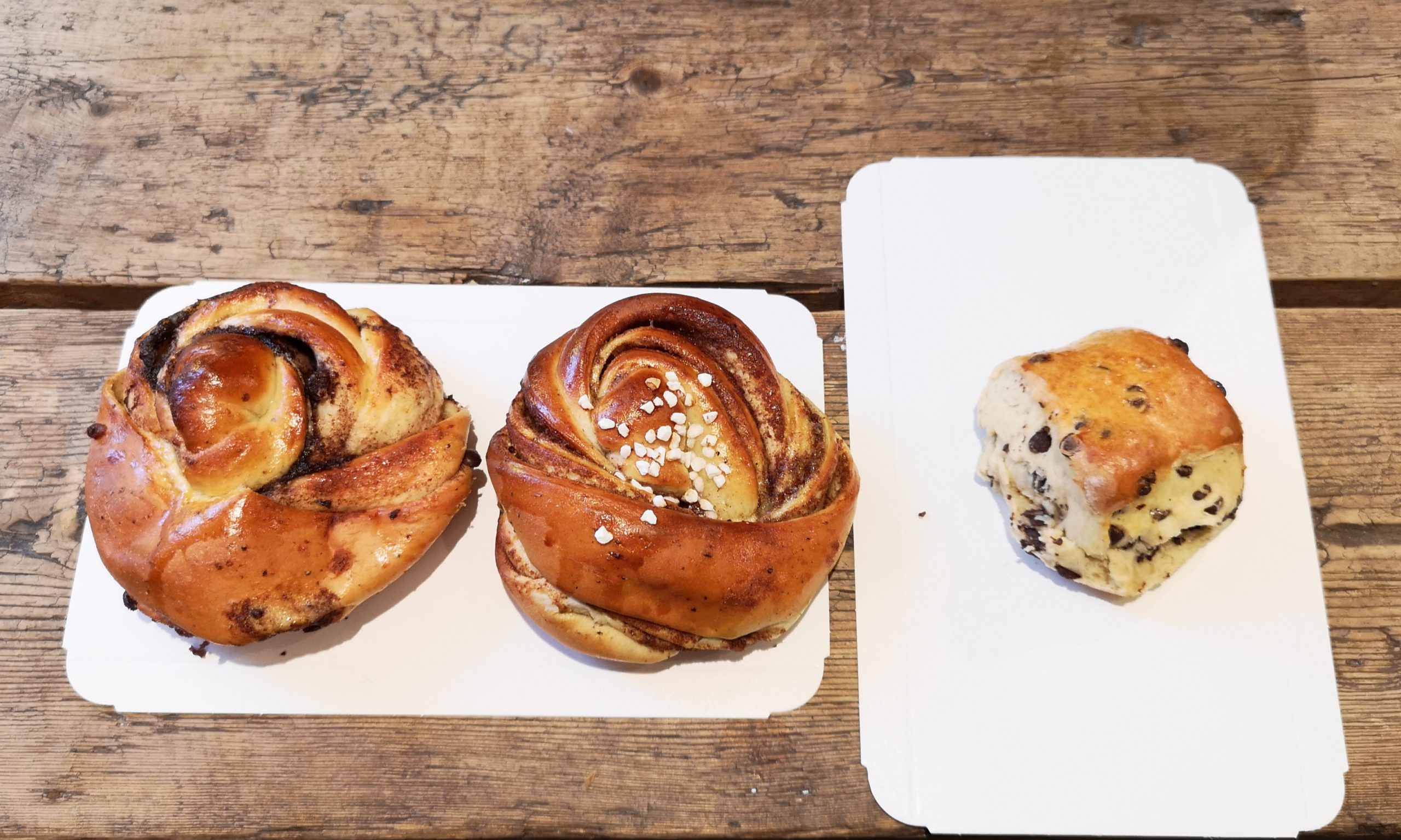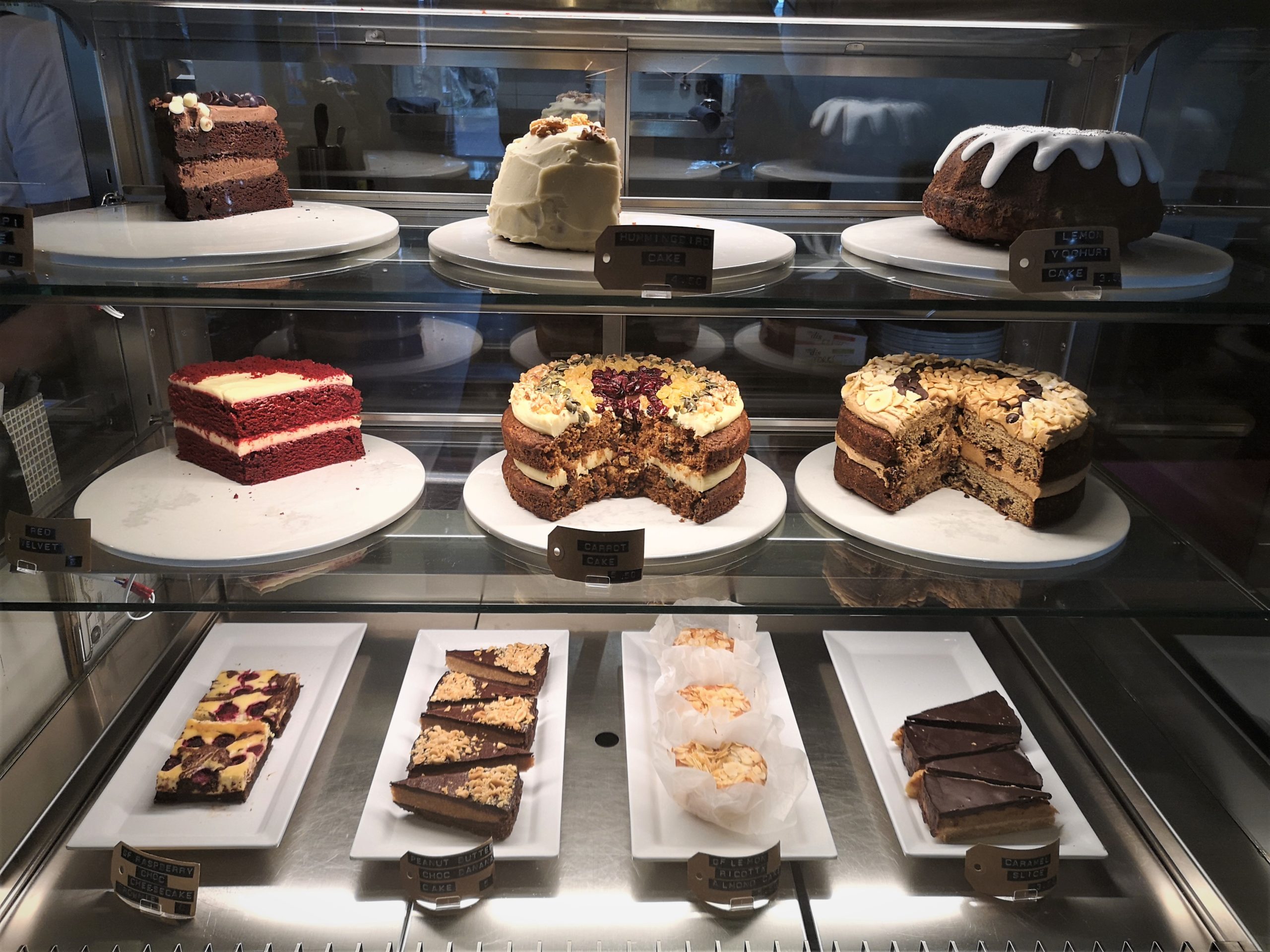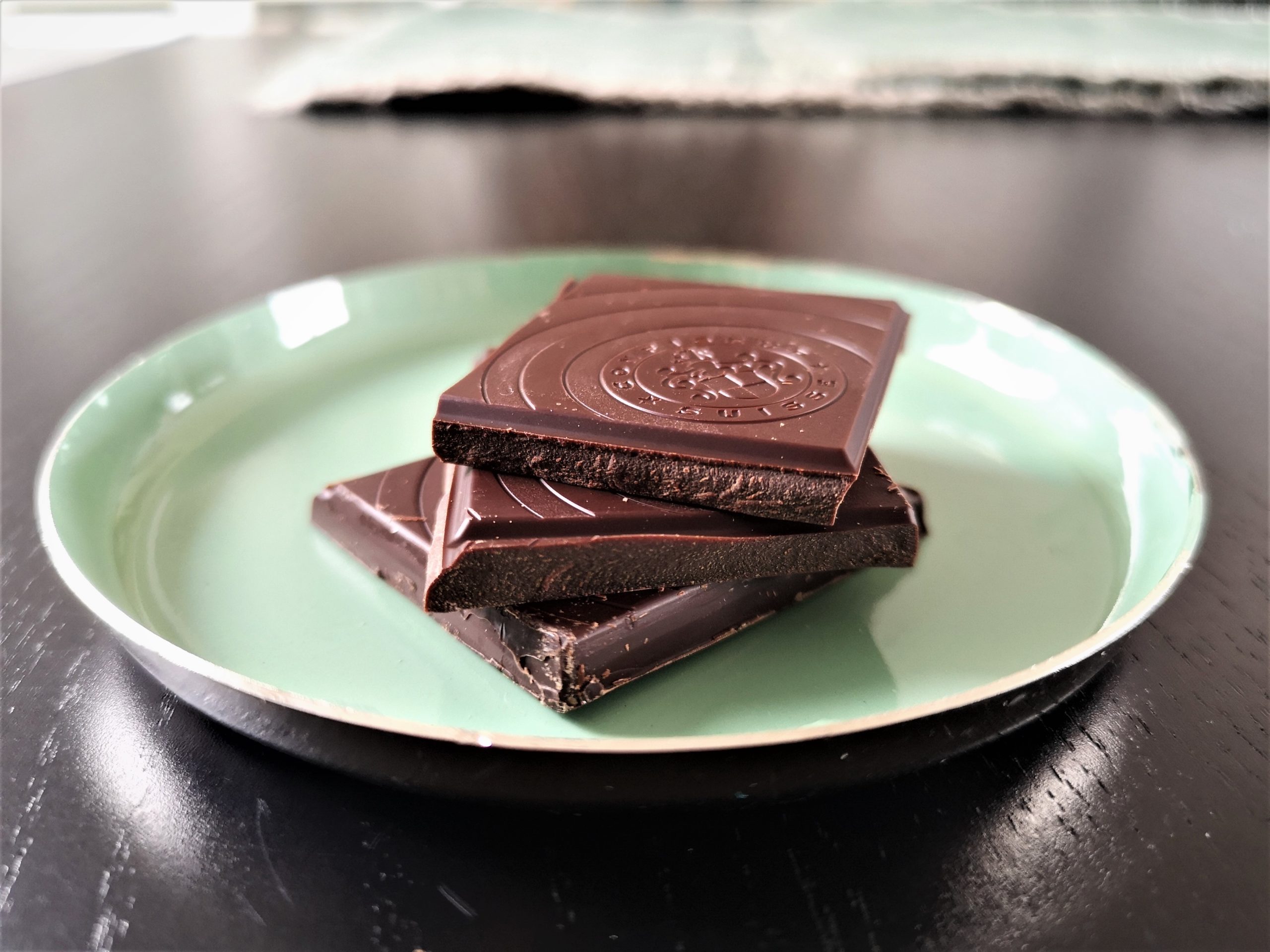
Sweetness is a nice thing. We call babies sweet, lovers call each other honey and we wish each other sweet dreams. The word sweet is such a fundamental part in our language with an essential attribution to mostly positive things. Nothing bad can come from anything sweet. Or are we just fooling ourselves?
How come so many lethal diseases are associated with overconsumption of white, refined sugar? Diseases like obesity, diabetes, chronic inflammation, high blood pressure, fatty liver and heart disease are all connected to eating too much sugar. I guess, we can agree that none of them sound sweet at all.
Sugar is almost impossible to avoid in a modern diet, since it occurs naturally in close to all carbohydrate sources. But before we dive deeper into how to recognize and reduce sugar, it is vital to understand that there are different types of sugar with different functions in our bodies. Our cells depend on glucose – it is the main energy supplier and therefore the body’s preferred source of fuel. All fruits, vegetables, grains and many other foods contain natural sugar in varying amounts. Natural sugar comes with a combination of vitamins, fiber and minerals and is therefore essential for us to consume. We can either consume it indirectly by eating carbohydrates like pasta, bread, rice, and so on, or we can eat it directly by consuming pure sugar. There is also a way for the body to make its own glucose. If you are on a very low carbohydrate diet, but not low enough to go into ketosis, then the body can transform protein and fat into glucose through a process called gluconeogenesis.
In this post, I am mainly condemning refined white sugar, made from sugarcane and sugar beets, which have been industrially stripped from their vitamins and minerals. Most of you know them as regular, industrial, refined or icing sugar.
The World Health Organization recommends a maximum of 50 g free sugar per day for adults*. This is an equivalent of 5-10 teaspoons a day. The American Heart Association even recommends only 25g/day for women and 36g/day for men. Free sugar includes refined sugar, honey, syrups and juices, but excludes natural sugar such as fructose in fruits and lactose in dairy. If we consider that a cup of fruit yoghurt already contains roughly 36 g of added sugar and a glass of lemonade 26 g, it becomes clear how fast we can reach the maximum recommended amount. Research has found out, that American adults consume 77 g sugar a day on average, while the numbers in Germany level up with 78g/day for men, 61g/day for women and 88g/day for children*. These numbers are alarming and even though they vary slightly in each country, it is obvious that most of us eat too much sugar.
It has been scientifically proven that sugar is addictive, as it acts in much the same way as many synthetic drugs. Our brains get a dopamine and serotonin release, thus sending a signal to the opioid receptors in our neurological reward-center. What follows is the famous vicious cycle: The more we eat, the more we crave.

Since we know more than enough about the harmful effects sugar has on our physical and mental wellbeing, it is highly advisable to get our consumption under control. Here is how we can achieve it:
- Conscious consumption: Unlike many synthetic and mind-altering drugs, sugar is nearly impossible to avoid. The goal is therefore not to completely eliminate refined sugar in our diet, but to become aware of the amounts we consume and to reduce our intake. Being a sweet tooth myself, I wouldn’t come off very authentic by suggesting to simply cut out sugar altogether, which is why I suggest to minimize and consume it consciously. Your all-time favorite cake from granny? Enjoy it, please! That special candy you like to treat yourself with on festive occasions? Won’t kill you, if it remains a rare event! Being mindful and conscious about our sugar consumption is the first step to losing the addictive forces and regaining control.
- Read the labels. Many foods, especially ready-made meals, contain extraordinary high amounts of added sugar and are therefore sneaky traps from the food industry to keep us hooked. While it is obvious that sweets and candy contain a great deal of sugar, it is less popular that even many products we deem “healthy” or savory, are no exception. You will be surprised to learn how much sugar foods like bread, toast, ketchup, spreads, marinades, dressings, frozen meals, yoghurt, baby food, vinegars and others contain. Read the labels carefully and check for the sugar amount in all packaged foods to get an overview of how high it actually is.
- Hidden sugars. It is also important to become familiar with the many terms in ingredient lists behind which sugar is hiding. Look out for these names, among others, to detect hidden sugars in your store-bought items:
- All ending on –ose (dextrose, fructose, glucose, lactose, maltose, sucrose)
- Beet sugar
- Brown sugar
- Cane sugar
- Castor sugar
- Maltodextrin
- High-Fructose Corn Syrup (HFCS)
- Corn syrup
- Fruit juice concentrate
- Molasses
- Rice syrup
- Agave nectar/syrup
- Avoid sweet drinks. Sodas and fruit juices contain incredible amounts of empty calories and have almost zero nutritional value. Freshly pressed juices made from fruits and vegetables are different, since they don’t lose their vitamin amount due to heating processes. What I am talking about are sodas, lemonades and industrial juices. These are all unnecessary sources of sugar and/or artificial sweeteners, which are highly addictive. Swap those for water with fresh lemon juice, ginger, cucumber, frozen berries and herbs, such as mint, basil, thyme or rosemary. Generally, these are all gorgeous options for upgrading water. As a bonus, a glass carafe with the mentioned ingredients is a very cool eye catcher, if you have guests over for a summer party, dinner or any other event. I can also recommend my post on why I turned water into my favorite drink, where you’ll learn a great deal of why water is actually so good for us.
- Go dark. Chocolate is another great example of how we can reduce our sugar intake. Dark chocolate, with a cacao content of 70% and upwards, contains less sugar than its milky relatives and is a nice substitution if you crave chocolate. The darker, the better. Cacao also contains a lot of flavonoids and polyphenols, which are natural antioxidants, ergo good for you. Looking for a healthier alternative in terms of sweets? Try out my raw cacao protein balls, which are an evergreen when it comes to healthy snacks.
- Seek alternatives. Naturally, many of us sometimes crave sweets, since we are conditioned to enjoy anything sweet. This can be explained by our evolutionary need to get enough energy in order to survive, biochemical processes in our brains and the fact that breast milk also has a very sweet taste, so we are hooked right from the beginning. Luckily, nature provides us with great alternatives, so I recommend to swap refined sugar for honey, dates, maple syrup and coconut sugar. They all come as a whole ingredient compared to white sugar and thereby still contain natural amounts of minerals, antioxidants and vitamins. That being said, it is still advisable to not excessively consume too much of any type, as all sugars, natural and refined, spike our blood sugar levels and contain a lot of calories.

In the jungle of misleading names and overexposure to sweet foods, it’s not always easy to stay on track and meticulously control how much sugar we eat. This is ok. Amid the masses of nutritional information, we still want to enjoy eating and not overanalyze everything we put into our mouth. Therefore, it is not our goal to be perfect, but to become mindful about our food choices and develop a healthy sense of the better alternatives. After a while, it becomes a no-brainer to reach for the healthier, free of added sugar foods because we develop a habit and after all, humans are creatures of habit. Knowing this makes us more mindful and independent. So don’t be too hard on yourself and remember, there are always alternatives and you always have a choice.

*Source: https://www.ages.at/themen/ernaehrung/who-zucker-empfehlungen/ (28.01.2021)
*Source: American Heart Association https://www.heart.org/en/healthy-living/healthy-eating/eat-smart/sugar/how-much-sugar-is-too-much
*Source: German Nutrition Society https://www.dge.de/presse/pm/empfehlung-zur-maximalen-zuckerzufuhr-in-deutschland/ (20.12.2018)

Leave a Reply